As I
have mentioned earlier, Melaka port was attacked by a Portuguese
armada in the year 1511 and had defeated the Sultan ruling there. For
100 years prior to this, Melaka was a capital of a Kingdom ruled by a
Sultan in the Malaysian Peninsula. In the year 1400 a Hindu king
known as 'Parameshwar' was ruling over Singapore. He was dethroned
and had to run away from Singapore. Eventually, he arrived at Melaka
and decided to make Melaka as the new capital of his kingdom. At
that time, most of the subjects of this king were also Hindus. In
year 1409, king 'Parameshwar' accepted Islamic religion as a
precondition to his marriage to a Muslim princess, then he accepted a
new name for himself and became known as 'Iskandar Shah.' After this,
most of his citizens also accepted Islamic religion. 'Iskandar
Shah's' descendents ruled over Melaka until 1511 and after their
defeat at the hands of the Portuguese, then ruling Sultan ran away to
Bukit Bintang in Malaysia and then to Sumatra island.
Melaka
Fort
The
new European rulers of Melaka were not able to hold on the importance
and historic glory of the Melaka Port. The trade passing through this
port declined further and further. After the British took over Melaka
port from Dutch, they appointed a figure head Sultan and called him
'Sultan of Johar.' He was asked to look after the affairs,
particularly concerning labour strife between local Malay labour and
Chinese labour brought in for working in Tin mines and rubber
plantations.
The
traditional palace of the sultans of Melaka from 'Iskandar Shah's
dynasty was actually located near the fortified post of 'Porta d’
santiago' built by the Portuguese. After Portuguese defeated the
Sultan, they destroyed this palace totally. In 1984, The Government
of Melaka and the federal Government of Malaysia, rebuilt a new
wooden palace, exactly as per original plans, which luckily remained
conserved and housed a museum of artifacts and objects from the
Sultan era in that building.
I am
walking on my way towards this palace, not very far from the gate of
'Porta d’ santiago.' After seeing this great effort put in by the
Governments of Melaka and Malaysia, my heart is saddened again, as I
remember the empathy of the Government of Maharashtra in India, to
conserve the historic heritage of the city of Pune, my home town. It
is a sad reflection, that leave alone establishing museums etc; even
historic structures are not being conserved and are just allowed to
decay and crumble.
The
villages in Malaysia are known as Kampung. The houses in these
villages are built in an exquisite manner. Thick wooden poles are
made to stand up in the ground by burying their ends, deep under
ground. Horizontal wooden beams are tied or nailed to these poles at
a height about 5 or 6 feet. A wooden hut is constructed on these
horizontal beams. It is easily possible for any one, to walk below a
house in a Kampung. The rebuilt Sultan palace here, looks like a
long series of Kampung houses. built one after other. The central
portion of the palace has a built in stair case, which can take you
the second floor. Since the lowest floor itself is at a height of
about 6 feet, to enter the palace, one needs to climb a flight of
stairs. The palace however, appears very comfortable and suitable for
the hot and sultry equatorial weather.
Sultan's
palace
Bed
Room
A
Tea pot
Royal
Jewelery
The
museum exhibits include a beautiful collection of the attires and
dresses, Jewelery, Ceramics, silverware of those periods. As I have
mentioned above, a large number of traders from different
nationalities had settled down in Melaka. Some of the exhibits show
the distinguishable clothes worn by these traders along with the
items they mainly traded. I have been wandering around this museum
for more than one and half hour and realize that I have yet not had
anything to eat since morning, and reluctantly step back from the
palace.
The
Royal Boat
After
lunch, I decide to visit the Maritime museum, not very far away from
the palace. A Portuguese man-of-war or a warship ' Flor de La Mar '
was sunk off the Melaka harbour in the naval wars between Portuguese
and Dutch. In 1990, Government of Melaka built a replica of the
original warship according to original plans and have housed this
maritime museum in this ship standing on hard ground. In Pune, we
have a club called Boat Club or in Mumbai, there is another club
known as Yacht Club. In both these clubs, I have seen many items used
on ships and boats. That probably is the reason for my subdued level
of interest in this museum. But the warship itself is worth a visit.
They also have many models showing old cargo ships and warships,
which are very noteworthy.
Maritime
museum
A
bridge next to the Maritime Museum takes me to a narrow congested
street. This street is well known and is considered as Melaka's top
tourist attraction. Almost every visitor to Melaka, definitely
visits this street at least once, during his visit. This street is
known as 'Jonkar Street' The street, prima
facie, looks like
Mumbai's famous 'Luhar Chawl Street from a distance, but as I go
nearer, it opens for me a gold mine of antiquities, curios and small
tidbits. No one asks you about buying anything here, You can do
window shopping comfortably even for 2 hours here. In the night,
this street gets converted to a street food mall and is like a street
banquet for foodies, who love southeast Asian food. I keep wandering
on the street and indulge myself with some of the snacks and
purchasing some totally unnecessary stuff. Obviously, making
purchases of such things, is and essential part of any tourism. It is
a great fun, I am sure.
Chinese
labour started arriving in Malaya from Nineteenth century, to work in
Tin mines and rubber plantations. Those arrived, naturally settled
down here later and brought their own Chinese culture and food with
them here. After almost two centuries, the original Chinese food and
culture has got amalgamated with the Malay food and culture to
produce a new food and culture for these people of Chinese origin,
now settled in Malaysia. These Malay Chinese are called here as
'Nonya-Baba' or 'Baba-Nonya' and their special recipes are called as
'Nonya food.' In Melaka city, specialized restaurants have now come
up, who serve 'Nonya' food. I am on my way to have my dinner in one
such joint called 'Ole Sayan,' which specializes in Nonya food.
Nonya
Restaurant (Specially decorated for Deepavali)
The
restaurant is jam packed with a mixed crowd, mostly of Chinese
origin, few Caucasians and sprinkling of other Asians like us. In
Mumbai, we have Udipi restaurants, where taking of orders and
delivery of food is done at super fast speed. This restaurant has a
similar culture. The basic ingredients of Nonya dinner still remain
as made from rice, noodles, chicken and prawns. The dishes are quite
tasty and sumptuous. I order a special Nonya desert after my dinner.
It is called as 'Chandol,' and is made from Noodles made from red
beans flour, palm syrup and frozen coconut milk.
The
Government here is making an earnest effort to create more and more
attractions for the tourists to make Malaka a great tourism spot.
There is a monorail now, that runs along Melaka river. Off course,
one can always take a river cruse. New attractions like Butterfly
park, Amusement Park, have come up. The efforts are being made to
make this a recreational spot, where the whole family can spend few
days of fun. Since Malaysian Ringgit is much cheaper than Singapore
Dollar, Singaporeans find this spot very attractive. However, largest
number of tourists that come to Melaka, appear to be Japanese. Bus
loads of Japanese are seen arriving in Melaka from Japan via Kuala
Lumpur.
Trishaw
River
Cruse
Mono
rail
Better
the vacation spot, quicker goes the time. This is very true and time
for my departure has already arrived rather hurriedly, I keep
thinking. Still, I have to leave Melaka now. We are told that we can
have some high tea before we leave. Actually, right now, neither I
am hungry nor it is the time for my meals. But when on vacation, do
we have to follow routine or rules? Off course not, then why not sit
at home only? I decide to indulge myself in one of the finest
cuisines that the hotel offers. As we leave Melaka, I know that I
shall cherish and remember every small detail of last few days for long time to come.
(concluded)
(concluded)
5
March 2013
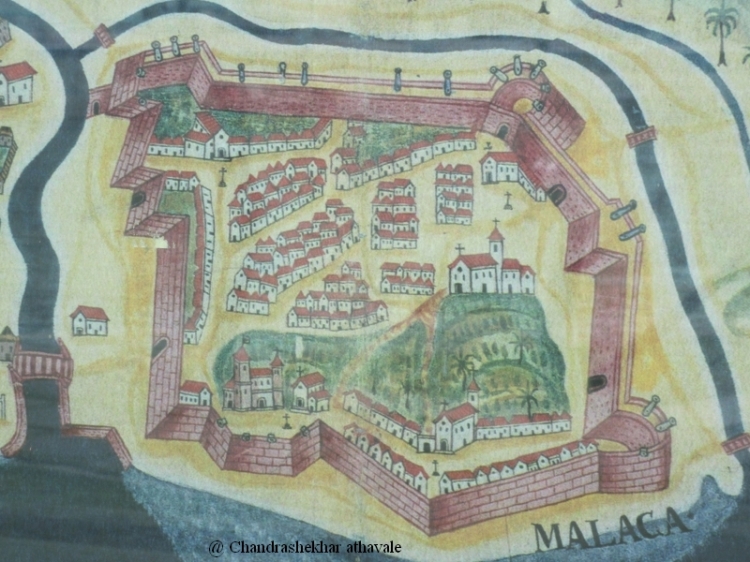
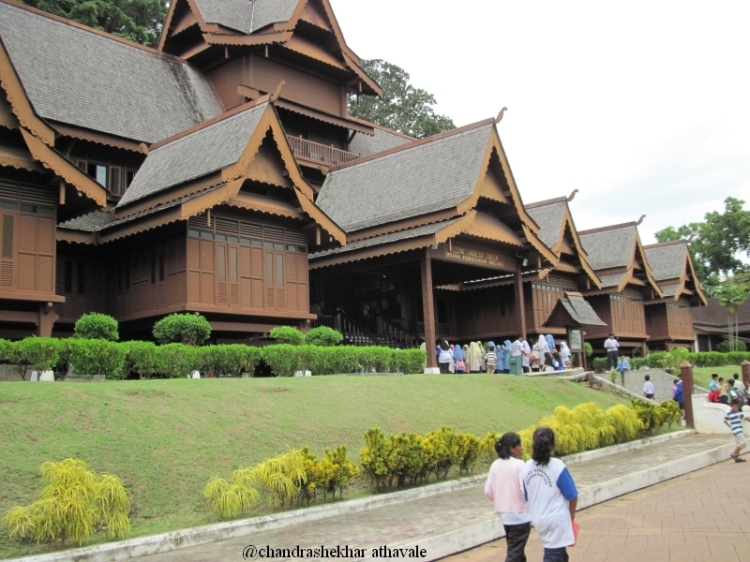
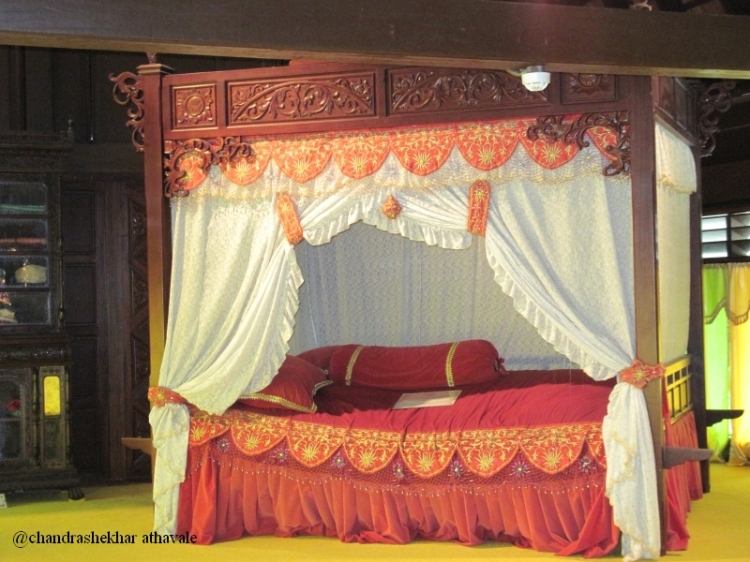
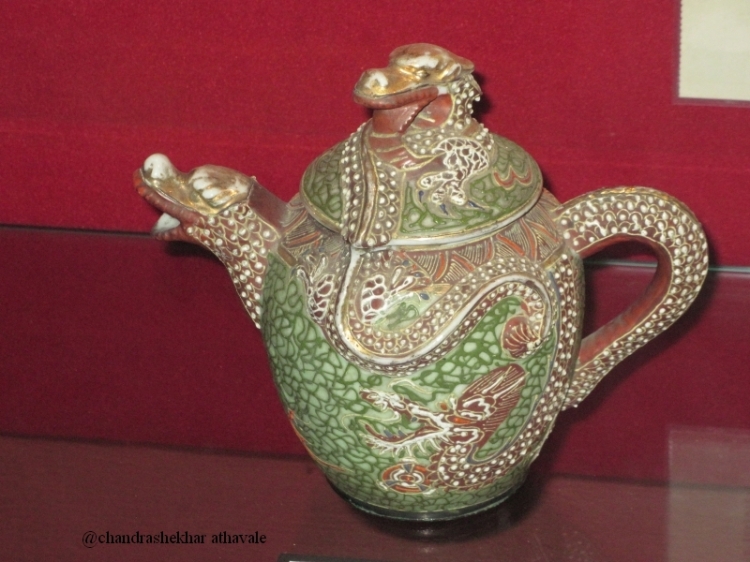
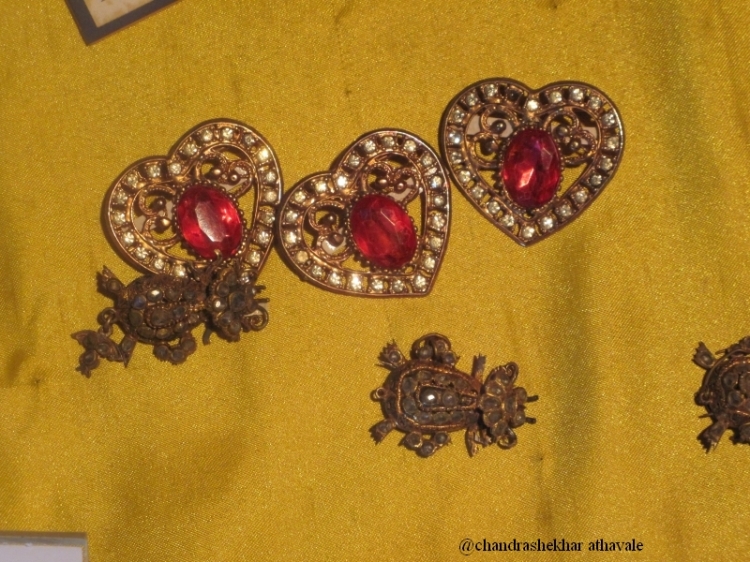
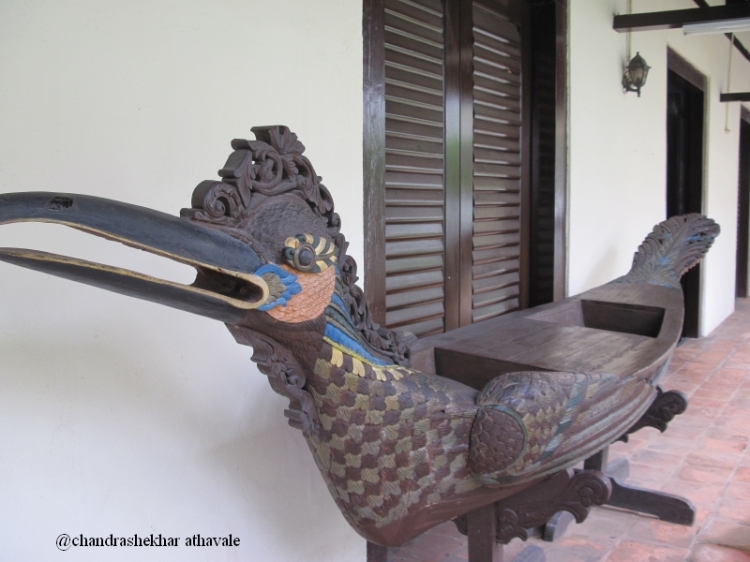
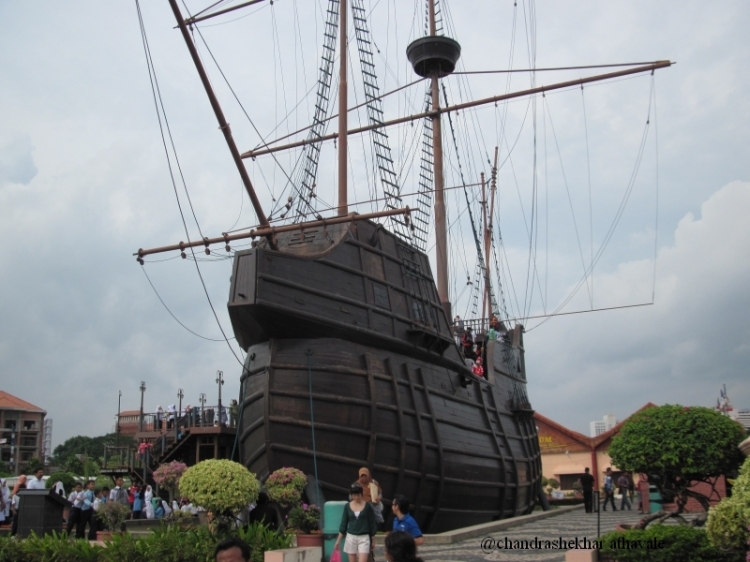
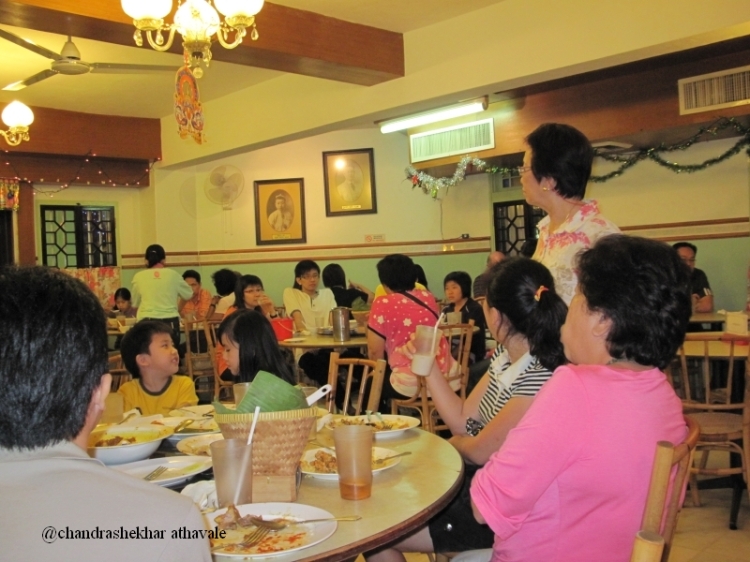
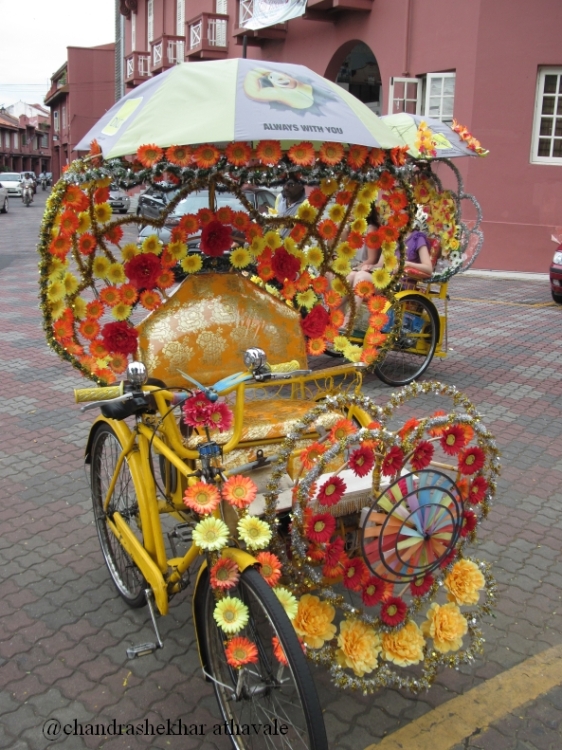
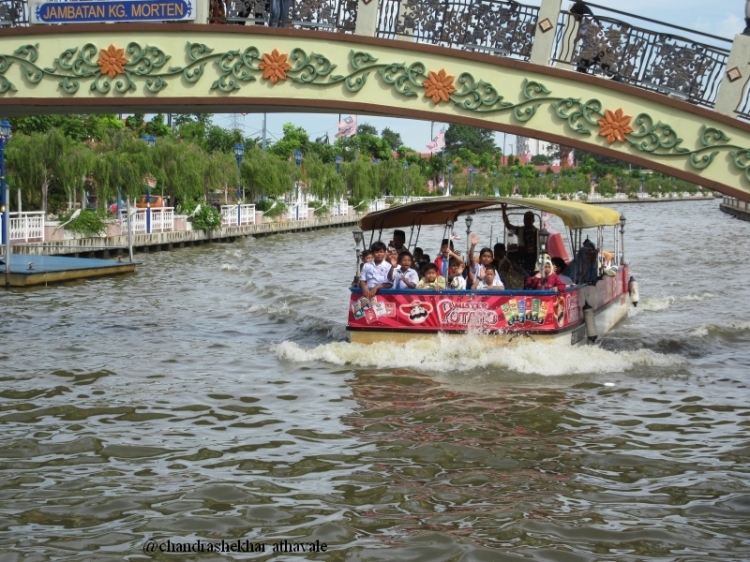
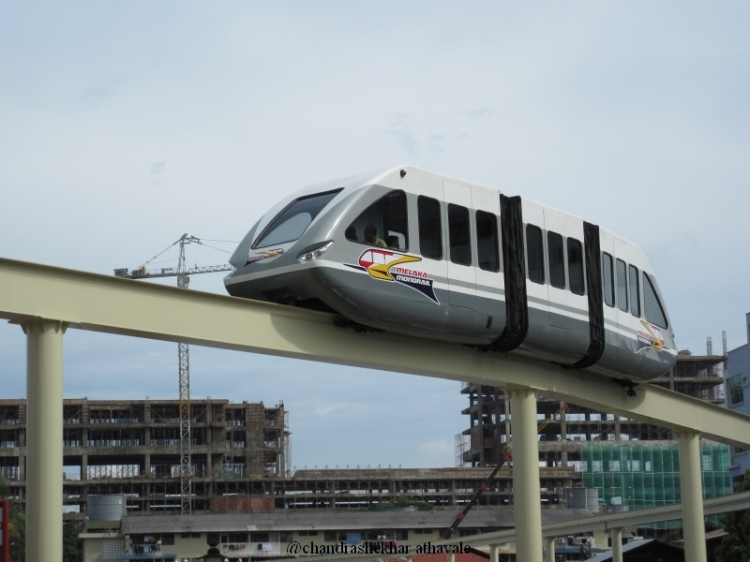
No comments:
Post a Comment